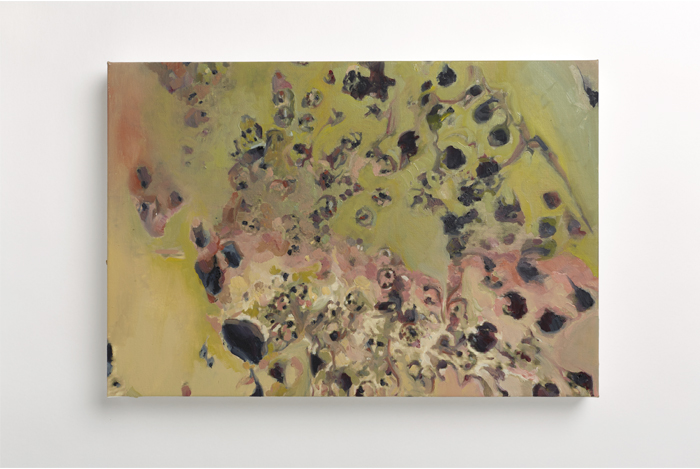
Can patience be crafted, imposed, designed? In the notable tradition of the French artist Sophie Calle, whose work examines intimacy and trust (and involves following and taking her cues from anonymous people), the artist and filmmaker Miranda July recently introduced an app called Somebody that dispatches strangers to deliver and “perform” messages, literally slowing down and humanizing the “social” in social media.
In a similarly human vein—here gesturing to the bygone days when actual film required both chemistry and patience to render an image—there’s an app called One-Hour Photo that requires waiting a full sixty minutes before seeing the pictures you’ve just taken. (Another app, Authenpic, only permits twenty-four photos at a time and requires waiting a full week before they arrive, printed, in your physical mailbox.) Elsewhere, intentionally flawed color is used to bestow a false history on contemporary picture taking, rendering everything “older” and, by conjecture, more seemingly “authentic.” Certain retro camera apps—from the faux muted tones of the Hip-stamatic to the audible click-whiz of the fake Polaroid—have relegated the whole idea of patience to something so analog it has become the stuff of nostalgia. This, in turn, begs the question: if impatience is indeed a cultural reality, do we consume things differently as a result? Do we design them differently, interpret them differently, remember and record them differently? Do we, in fact, remember them at all?
Oddly, in certain instances, the goal may be to remember nothing: not to retain, but to jettison the very thing you’ve just created. Users of the cur-rently popular app Snapchat, for instance, engage in a casual practice (and a vaguely cynical one) where images are intended to be eminently forgettable. The premise is simple: pictures self-destruct only seconds after they are sent, which means that you can’t possibly be held accountable for whatever it is you’ve just done. (On the other hand, you also have nothing to show for it.) If the “right to be forgotten” stands at one end of the sentiment spectrum, Snapchat is its evil twin: this is planned obsolescence, writ small.
Perhaps the real question is this: will we come to regret our impatience with patience? Will we look back and wonder why we moved so quickly that our lives were recorded only in passing, our diaries comprising a series of banal status updates, hollow and shallow and long past their sell-by dates? Will we regret our reliance on push-button mapping, on split-second transmissions, on souped-up speed? Will we bemoan relegating paper to the trash heap, dismissing it as old-school technology, ignoring its value and intricacy and depth? And along the way, what kind of story will we leave behind, through our morphed and manipulated paper trail—provided, of course, there is any trail at all?
In the end, patience, as John Ruskin once observed, is nobler than beauty, probably because it is so much more difficult to achieve. It takes 250 milliseconds to blink but a lifetime to understand what you see; no matter how much you yearn to speed things up—connection speeds, bank transactions, the postal service, your adolescence—does it really matter? In an age in which patience is a dying art, so too is the time it takes to consider, form, and deliver an opinion, an activity that favors the reflective moment over the reflexive one. Patience, like the moral introspection that inevitably accompanies it, should not date nor should it require its own app to remind us of why it matters. We benefit as a species from so many things, but being in a hurry is not one of them.
Jessica Helfand's book Design: The Invention of Desire, will be published on May 24 by Yale University Press. It is available by pre-order on Amazon. Signed copies are available through the Design Observer Shop.

